# Entrepreneur of the Week Avi Krainer # Post 4 - Creating out of nowhere one of the most amazing things I have been exposed to…
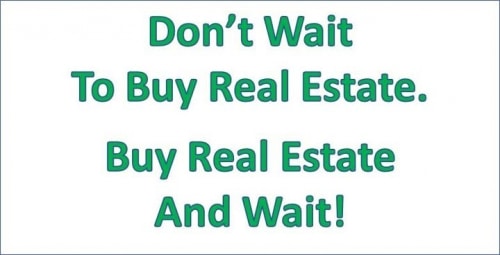
# Initiated week Avi Krainer
# Post 4 - Creation out of nothing
One of the most amazing things I have been exposed to in the real estate world is what I call “making money out of nothing”. The fact that in real estate yields (compared to other investments such as the capital market for example) it is common to take leverage since it is considered a solid investment, brings opportunities for "money production".
A friend I told about my participation in this week's entrepreneur asked me to bring concrete examples as well, and since I'm an engineer, it's easiest for me with numbers so here's a post with lots of numbers (only for those with a strong heart!)
I would like to point out that what is said in this post is on my mind only, according to my experience and understanding and does not constitute an intention or a call to take leverage. Yield calculations as well as tax estimates are only rough estimates, and any investment should be examined on its own merits. The example given here presents a concept only. The yield calculations presented do not take into account possible risks involved in real estate investments and fluctuations in foreign exchange rates, and a qualified accountant should be consulted in any tax calculation. I do not have any certification for tax advice.
Let's analyze an example of a typical investment property that costs $100,000 and yields a gross rent of $1,250.
It is common to take average expenses of 40% (municipal taxes, repairs, vacancy, management fees and insurance). So the expected net rent is about $ 750. Calculation of return (before tax):
9% = $ 100,000 / 12 * $ 750
So how do you make something out of nothing?
The cost of the transaction in shekels is about $ 330,000 ($ 100K). Suppose you have equity of NIS 230,000. To reach $ 100,000 you need another 100,000 shekels. Take a loan of NIS 100,000 from the bank for 5 years (such loans can be obtained quite easily at around 4% interest).
Monthly repayment of the loan is about NIS 1,850.
The expected net rent (before tax) is $ 750 and at an exchange rate of 3.25 is about NIS 2,437. After deducting taxes in Israel and the United States, rent may more or less pay off the loan (as I mentioned, a certified public accountant should be consulted on tax matters).
And what happens after 5 years? 1. You have a property worth $100,000 net of loans (without taking into account potential appreciation). 2. **"You have generated"** 100,000 shekels (at least 100,000, this is before taking into account an increase in value that increases the yield) which reflects about a 44% return on the initial investment! (About 9% net per year after taxes!) and you start receiving $750 in rent after expenses (a conservative amount, which does not take into account rent increases). This is on an initial capital of 230,000. A dream return of about NIS 2000 (after tax) for the rest of your life! (about 10% net **after tax**). This is the cash flow yield, and if we take into account the increase in value and the increase in rent, this is a bonanza deal that can only be found in the US.
And if you, the husband and wife have liquid training funds, each with about 120-140 thousand NIS, you can take a bridging loan for 7 years (up to 80% of the fund with interest paid around Prime - about 130 shekels repayment per month for every 100,000 Loan). Assuming a 5% return on study funds, here you have made another 3-4% per year on the money. how fun! Out of nowhere!
And most bonanza? Even if you have no equity at all, but you have an apartment. Take out a mortgage for any purpose of 330,000 for 20 years at an interest rate of, say, 4%, and pay NIS 2,000 a monthly repayment, which is more or less covered by the rent. After 20 years, you have a property worth NIS 330,000 (before taking into account an increase in value), which will yield an additional NIS 2000 net to your pension (and probably much more due to an increase in rent). Thus, without any initial equity, courtesy of the Mortgage Bank and the nice tenants we became a "factory" for making money סף ????
And here we have produced (here out of nowhere, with zero equity), NIS 330,000 for our family for retirement (and maybe 660,000 thousand with a value increase of 2 times or 990,000 with a value increase of 3 times as it was in Tel Aviv ????).
And if we did not do this simple action? In another 20 years, what will we have? is nothing. Nothing dramatic will happen, only we will be left with nothingness, without being there…
Think about it, we took out a loan and some tenant in the US goes to work every morning (for us) and pays off the loan, and in fact the payment of the loan principal is “depositing” money for us. This is the difference between ** we ** sweat and ** save for ** a month and a real estate investment, in which the ** property / tenant ** ** "works for us" ** and deposits for us in a savings plan… and not for one reason Robert Kiyosaki's most famous slogan is: ** "Savers are Losers" **.
So anyone who has money stuck in the walls or in the bank - think about it and start moving!
Of course, possible risks and fluctuations in foreign exchange rates must always be taken into account, but in real estate leverage is the added value!
In the picture - the real estate law that I most connect to.

The original responses to the post can be read at the bottom of the current post page on the site or in the link to a post on Facebook and of course you are invited to join the discussion
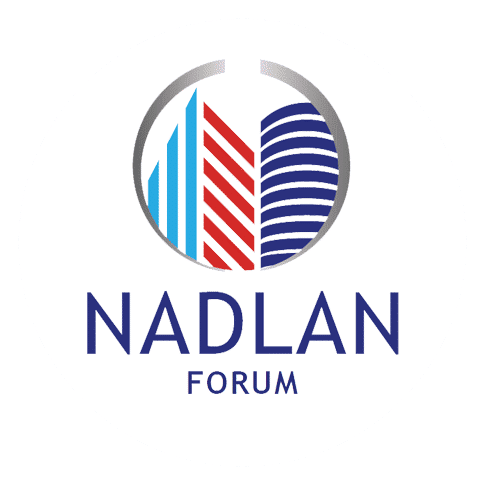


















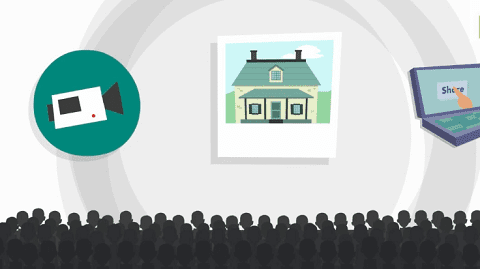



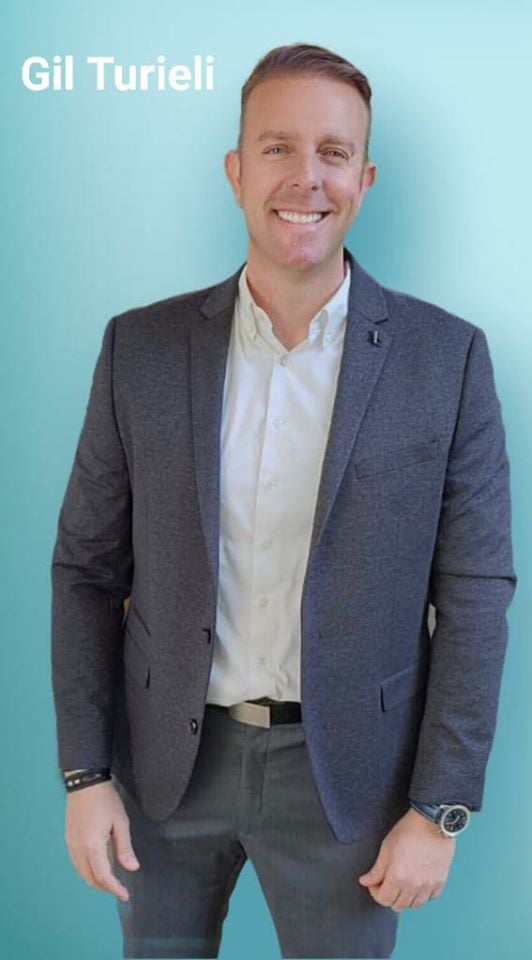
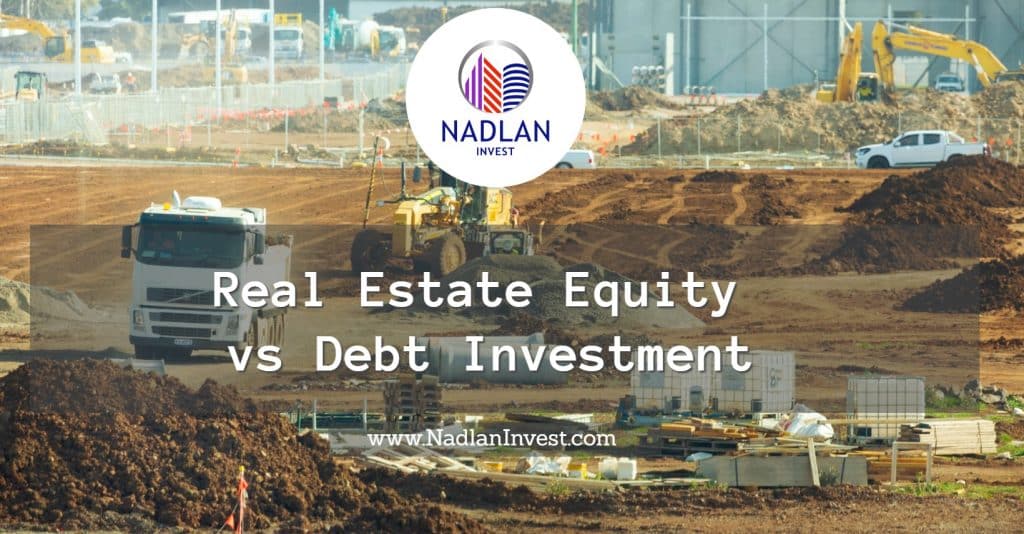
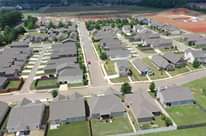
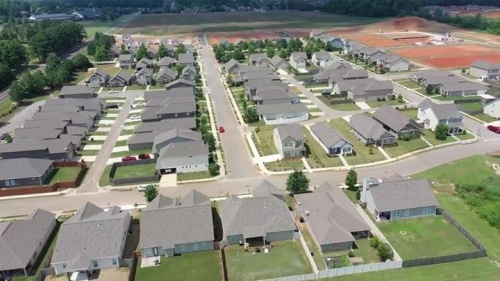





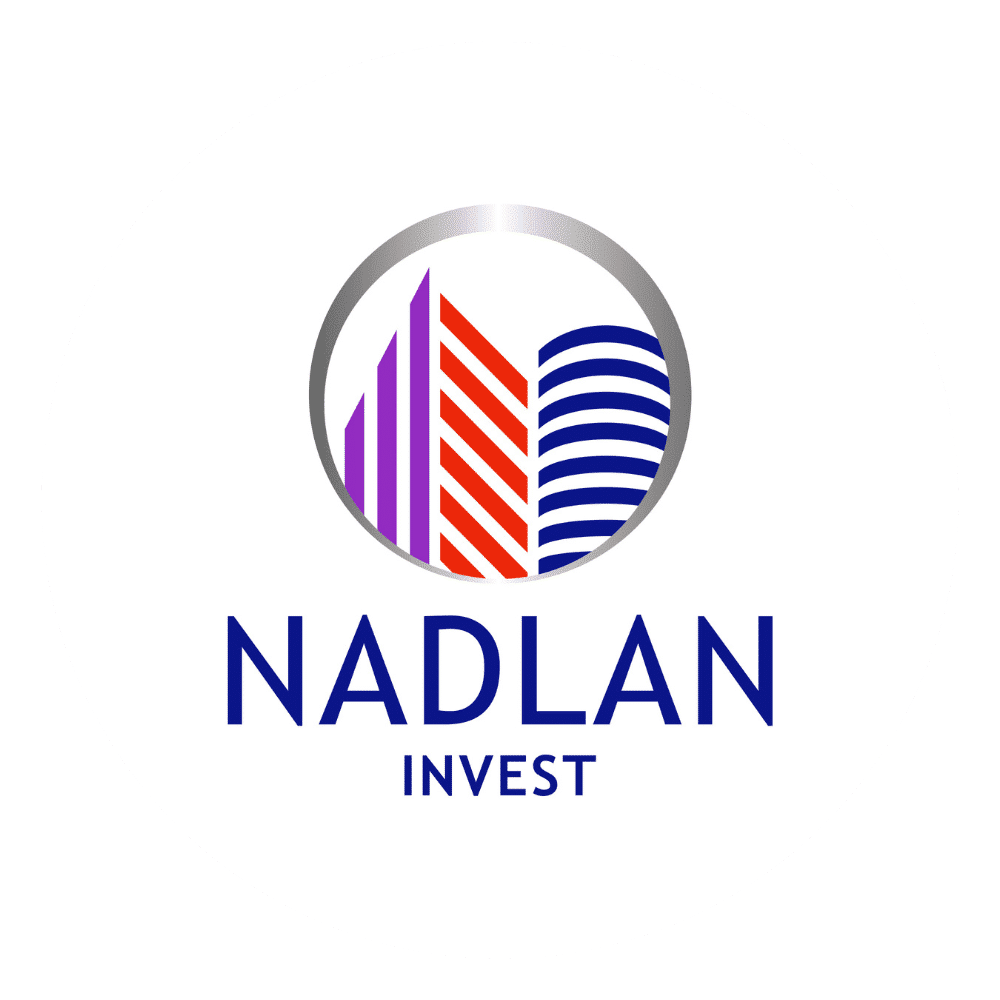


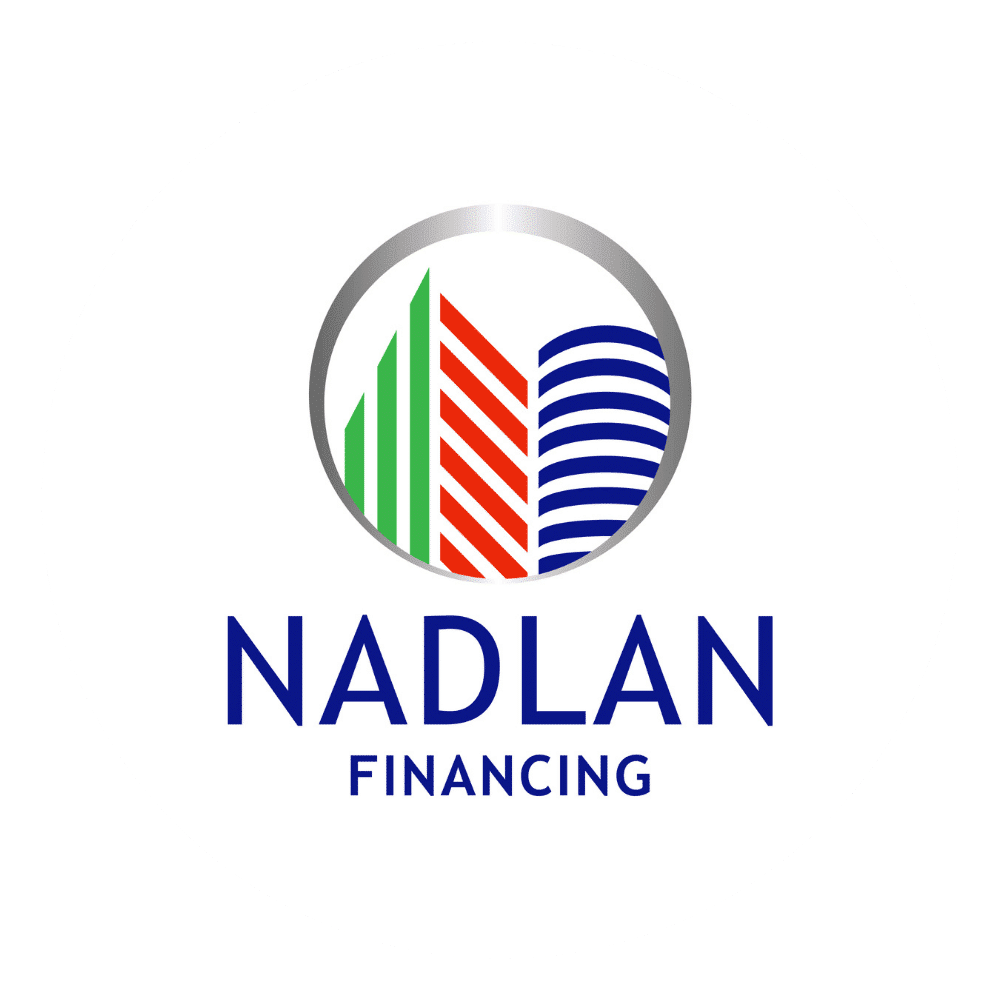


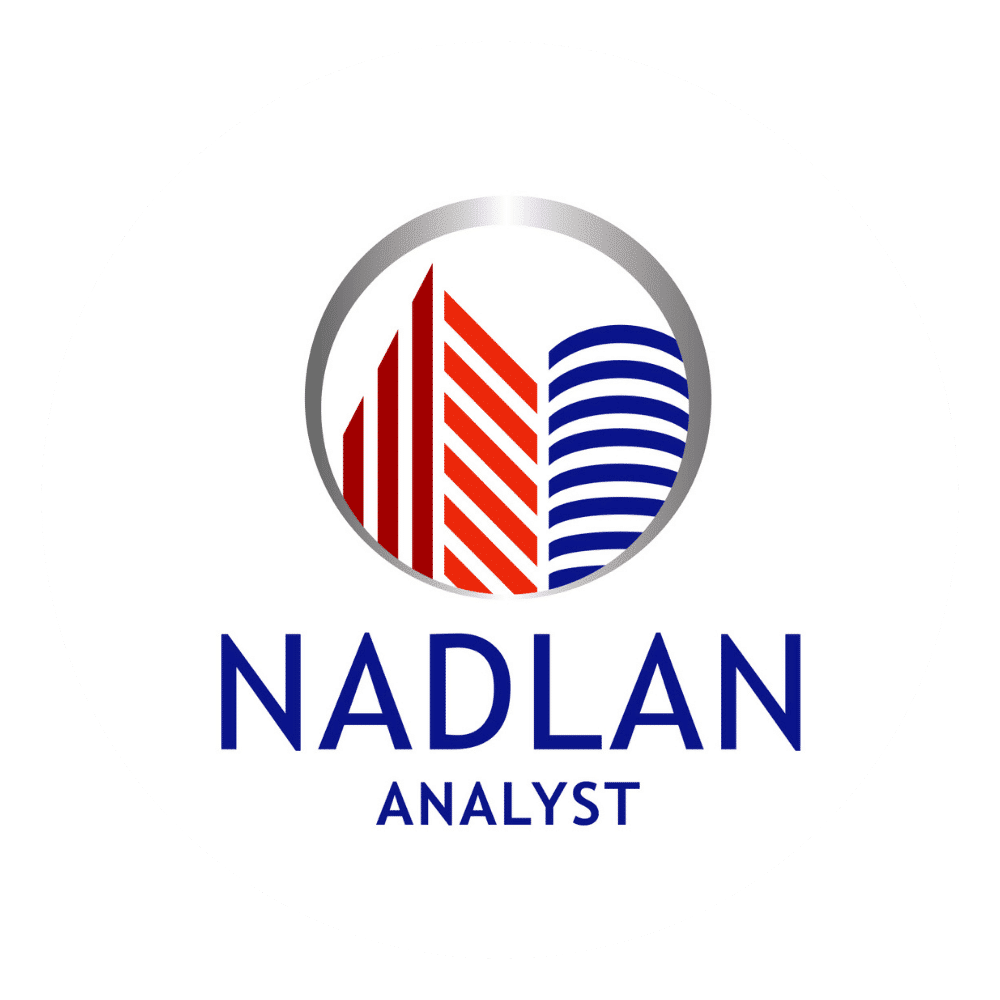
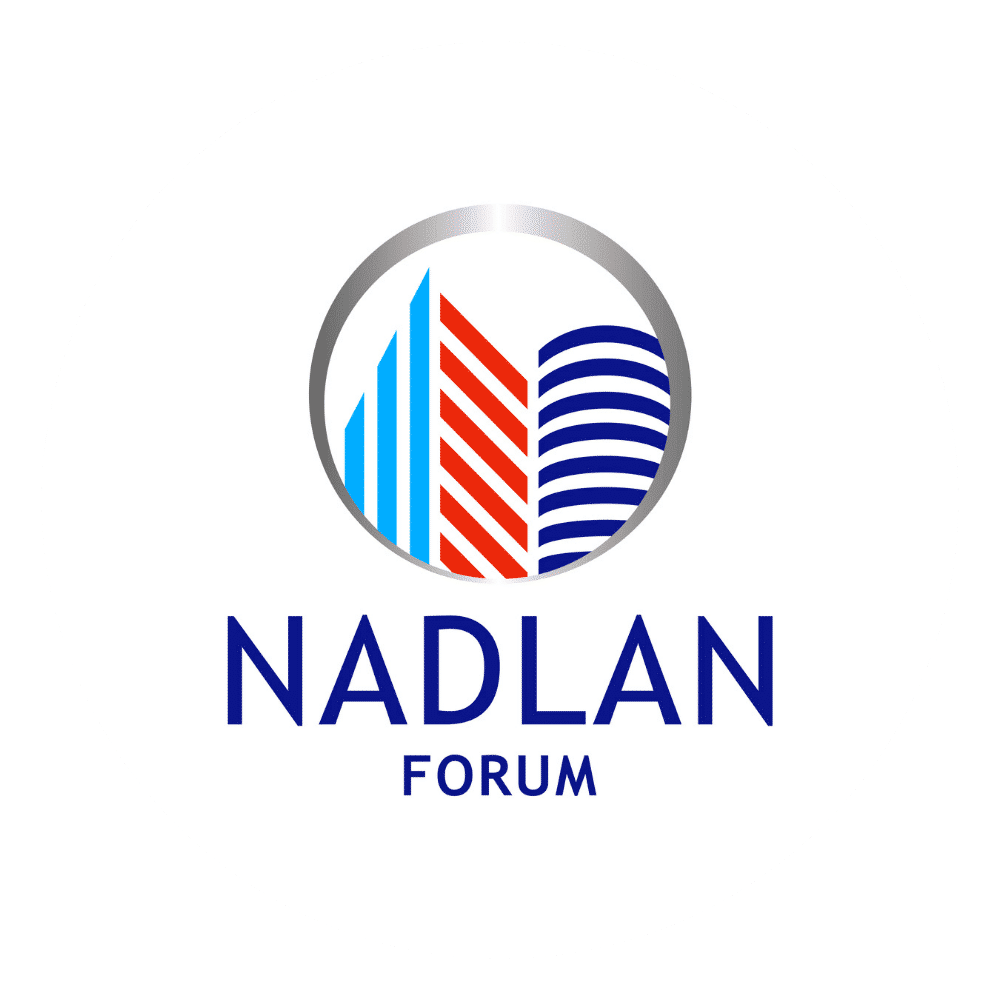
My love sounds good
The most true there is❗
Awesome post!
Nissan Nissan
Very important thanks ????
???? stamp
All in all very beautiful and very well written.
Shani Ben Shaul
My father is great
Strong sentence at the end !!
????????????
Thanks for an excellent and true post!
The expenses in the apartment, if you take into account repairs and replacements of things over time, usually reach fifty percent. As long as the loan is not paid you do not have cash flow and profit on the apartment but the rent builds you equity in the apartment… The problem is after some properties and loans you have no money to invest more… Commercial loans in the US are about 65%, 6% that eats you up. All the profit and both minus and in the turnover loan remains a lot in the property…
Abiyiiayi excellent post !!!! ??????????????????????
Did you buildup for this post and did not disappoint ???? One of the most important things I learned in economics is leverage
Avi Krainer my friend 🙂 you are excited
Post so true, I strongly believe in the way and the method! As I say to all the late bloomers (and also my wife and I sons ????): "Better late than never…"
Thanks for sharing, great post ????????